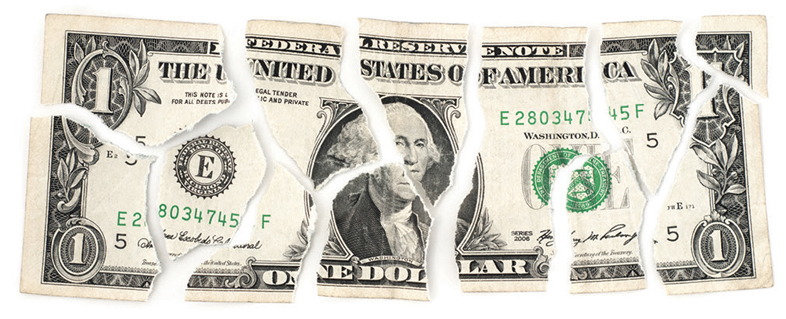Works for Me, But…
Kudos to Eric Klieber for sharing his thoughts on reforming Social Security in the May/June Issue (“Thoughts on Social Security”). As a retired baby boomer who is currently receiving Social Security, I can say that his proposed suite of five system changes designed to avoid trust fund exhaustion in or near 2034 and reduce the current 75-year actuarial balance to near zero works just fine with me, as my Social Security benefit would be unaffected by his proposed changes.
I wonder, however, how well his proposals will be received by younger generations.
Not only will they be asked to pay for my (and other older beneficiaries’) full benefits with their increased taxes, but their benefits will also be significantly reduced. Since the default option if no action is taken to reform the system involves approximately a 25% across-the-board reduction in benefits for all beneficiaries (under the intermediate assumptions), Mr. Klieber’s suite of changes must mathematically involve total effective benefit reductions/tax increases in excess of 25% for Gen-X’ers, Millennials and Gen-Z’ers. One could certainly argue that these generations might be happier living with the “do nothing” default option or something similar rather than Mr. Klieber’s proposed suite of changes.

I understand that proposals to reduce benefits (even a little bit) for baby boomers will probably not be warmly received by members of my generation. On the other hand, Social Security actuaries and the OASDI trustees have been telling us for over 30 years that the system is out of actuarial balance and that either taxes must be increased or benefits reduced (or some combination of both) to bring the system back into actuarial balance. Unfortunately, these clear annual actuarial warnings have been ignored. Consequently, baby boomers have failed to pay sufficient taxes during the last 30 years to support their full benefits. Using this fact and applying a little more intergenerational equity to the problem, I believe one can support a reasonable argument that some form of reduction in baby boomer benefits is warranted as part of system reform.
In any event, I certainly agree that it would be helpful to communicate specific future system provisions as soon as practicable so that individuals can adjust their retirement plans accordingly.
Ken Steiner, MAAA, FSA
Walnut Creek, Calif.
Regarding Flexibility and Social Security
Eric Klieber’s article on Social Security is a very worthy read about an issue that impacts most (all?) of us. In response, I would like to provide a counterargument to one of his takeaways—while also addressing a potentially key omission.
The writer mentions a host of reasons to leave unchanged the number of years included in the calculation of the average indexed monthly earnings (AIME). I would like to present two arguments for increasing this number, which would help to reduce the benefit burden on the program:
- First, as the normal retirement age (NRA) increases, the number of worked years would increase. Mr. Klieber correctly argues that maintaining the current 35-year calculation would then allow greater flexibility to workers throughout their careers. But is adding flexibility really a viable option for a program that is facing insolvency?
- Additionally, one could ask if these extra years off are really needed. In an increasingly virtual world, the need for unworked years may decrease. Yes, we are changing jobs more, but we are faced with relocation needs less. I can work remotely in Orlando on Friday then in Los Angeles on Monday—without leaving my house. There is greater flexibility around caring for parents and children because we can be physically present during the workday. This is not an argument to take away the option for unworked years in the calculation, but rather to maintain the current number as the NRA increases.

I think we should also discuss the investment of Social Security assets. At present, these are exclusively invested in U.S. securities. While fully guaranteed, these provide a very low rate of return. I have spoken to Rep. John Larson, D-Conn., regarding this issue, and he told me that diversifying the investment strategy is an idea that has gained support and could come to fruition in the future. While nothing is on the table presently, it is not unimaginable that the Social Security Administration could issue loans to entities that meet a strict set of criteria. Given the amount of assets invested, higher returns may materially impact the projected solvency of the program.
Many thanks to Mr. Klieber for writing this article and for broadening the discussion of this incredibly important topic.
David Snedeker, MAAA, FSA
Orlando, Fla.





